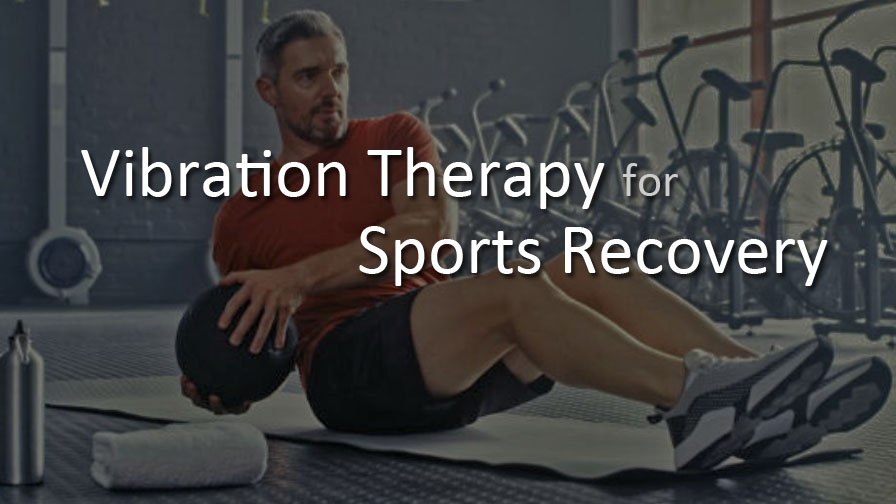
Vibration Therapy for Sports Recovery
Vibration therapy is a modality that has gained popularity in sports and athletic training for its potential benefits in enhancing recovery, reducing muscle soreness, and improving overall performance.
While the scientific evidence supporting the effectiveness of vibration therapy for sports recovery is still evolving, some athletes and researchers have reported positive outcomes. Here are some potential benefits and considerations for using vibration therapy in sport recovery:
Potential Benefits:
- Increased Blood Flow: Vibration therapy may improve blood circulation in the muscles, which can aid in the removal of metabolic waste products and the delivery of oxygen and nutrients to muscle tissues. This increased blood flow can help reduce muscle soreness and promote faster recovery.
- Reduced Muscle Soreness: Athletes often experience muscle soreness after intense training or competition. Some studies suggest that vibration therapy may help alleviate delayed onset muscle soreness (DOMS) and provide relief from sore muscles.
- Improved Range of Motion: Vibration therapy may help increase joint flexibility and range of motion, which can be beneficial for athletes who need to maintain optimal mobility in their sport.
- Enhanced Muscle Activation: Vibrations can stimulate muscle fibers, potentially leading to increased muscle activation and recruitment. This effect may be advantageous for athletes looking to improve muscle strength and power.
- Relaxation and Stress Reduction: Vibration therapy can promote relaxation and reduce stress, which may contribute to faster recovery and better overall well-being.
Considerations:
- Individual Response: Athletes may respond differently to vibration therapy, and its effectiveness can vary among individuals. Some athletes may find it more beneficial than others.
- Frequency and Duration: The optimal frequency, duration, and timing of vibration therapy sessions are still subjects of research. Athletes should work with coaches, trainers, or sports medicine professionals to develop an appropriate protocol.
- Safety: It's essential to use vibration therapy devices safely and as directed. Ensure that the equipment is in good working order and that you follow manufacturer guidelines and any recommendations from healthcare professionals.
- Complementary Approach: Vibration therapy should be considered a complementary component of a comprehensive recovery plan that includes other strategies such as proper nutrition, hydration, rest, and active recovery techniques.
- Scientific Evidence: While there is some evidence supporting the benefits of vibration therapy for sports recovery, more research is needed to establish its effectiveness definitively and identify best practices for its use.
Athletes interested in incorporating vibration therapy into their recovery routine should consult with sports medicine professionals or physiotherapists with expertise in sports rehabilitation. They can provide guidance on whether vibration therapy is appropriate for their specific needs, help develop a personalized protocol, and monitor its effects on performance and recovery.